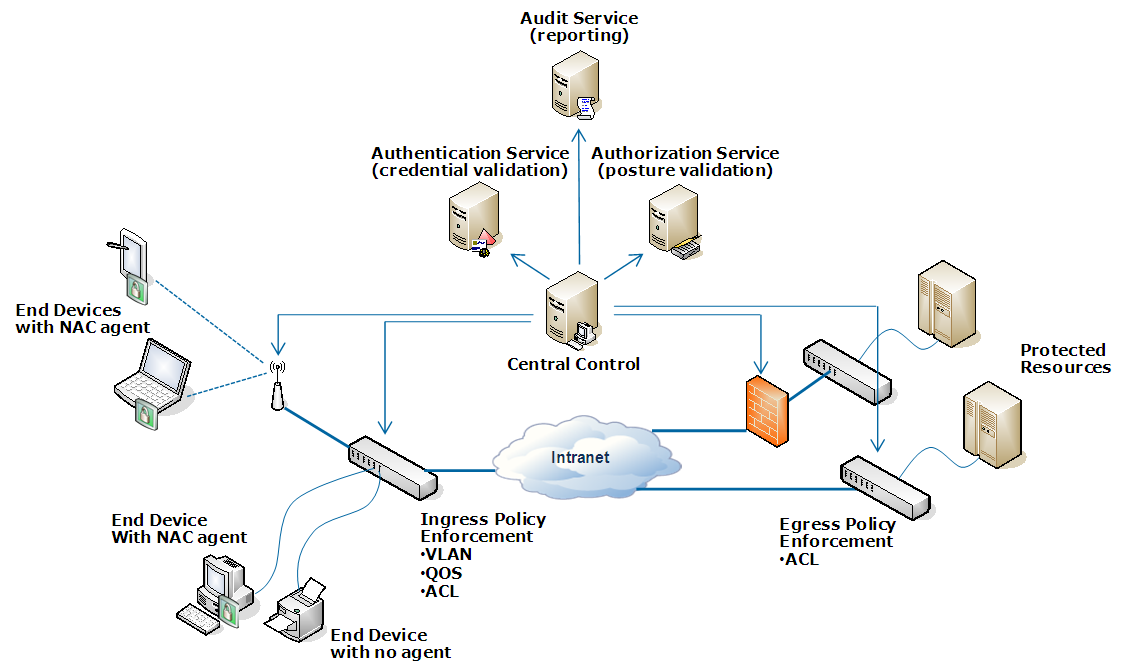This is the second installment of my notes from the RSA 2012 Conference.
Today was dominated by keynote speakers in the morning and technical sessions in the afternoon. I attended three sessions, two of which I summarize below.
In the first session, “Firewalls – Past Present and Future,” a panel of 3 specialists from Juniper, Paolo Alto Networks and NSS discussed the future of firewalls. The general consensus was that, despite the rumor that the firewall is dead; the firewall is very much alive and moving into new spaces as new disruptive technologies (cloud, mobile smartphones) are being implemented. The firewall is now evolving to address a number of use cases, from the classic use case of filtering incoming traffic from outside the perimeter (outside – in), to filtering outgoing traffic from the internal network for such things as social networking traffic (inside – out), to filtering and protecting distributed public and private cloud based services which are capable of moving without notice within and between clouds. In this regard one of the primary challenges is the overall management of this distributed firewall landscape. Not only do the policies have to follow the protected object (e.g. the server, data or application) wherever it goes, the policies have to be applied consistently across the enterprise based on an overall security architecture. The tools being developed for managing such environments will move away from the classic single vendor GUI to an open independent management console based on APIs.
The second session, “Data Breaches in the Cloud,” was presented by two lawyers and focused on what enterprises should consider when planning a move the cloud. The speakers discussed the points which should be included in a cloud contract and what areas of the service should be reviewed as part of a due diligence the customer should perform on the cloud service provider.
The contractual points which I thought were worth noting were:
- Defining the level of access the customer would have for performing audits on the providers cloud infrastructure. Issues such as what may the customer audit, what level of access do they have, when can they perform the audits are some examples of topics which should be defined.
- Defining what a security breach is in advance and defining what the time frames for notification of a security breach. In some countries the notification timeframe is becoming regulated and should therefore could vary from country to country
Areas which the speakers recommended that customers should review as part of a due diligence are:
- DR plans and other operational issues
- What certifications does the provider have (e.g. ISO 27001, etc.)
- Which forensic providers are used and what access levels do they have to the data if another customer in a multi-tenant environment is breached
- How are multi-tenant environments segmented
